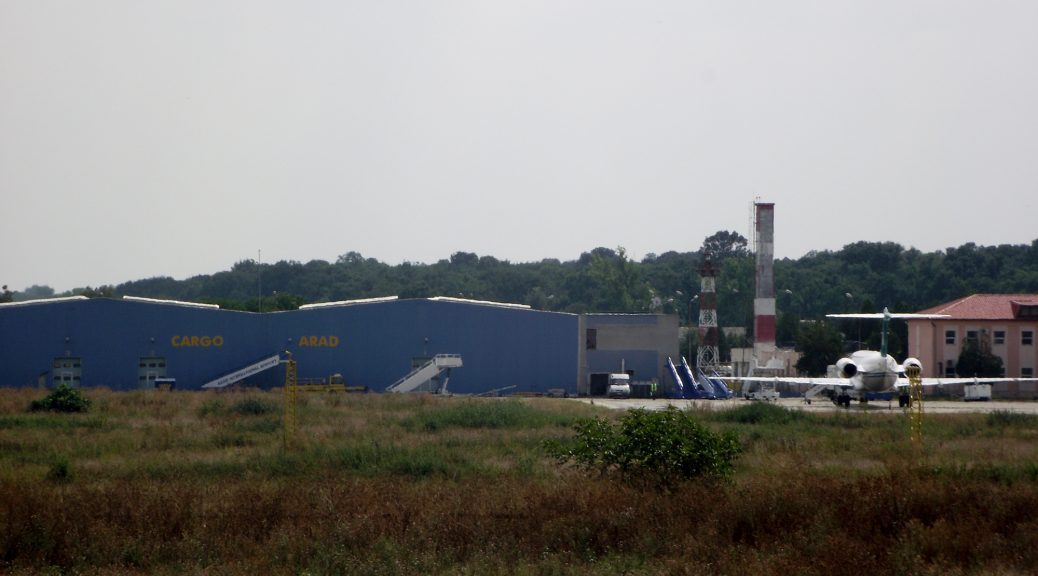The pace at which we all respond to the demands of our customers is critical – and recent investments made by some of the world’s leading air cargo operators suggest that the industry is finally getting the message about e-commerce.
Prime position
The sector is booming within the air cargo industry and KLM Cargo have now invested in a combination-carrier-operated sorting system at its Amsterdam Schiphol airport site that is able to handle package-level air freight. It’s been designed specifically to handle post, express and pharmaceutical cargo.
That means that KLM Cargo should now have the systems in place to fully take advantage of the growth in e-commerce traffic. Marcel de Nooijer, executive vice president of KLM Cargo explains: “E-commerce is a fast-growing branch in the cargo industry. This innovative system allows us to keep pace with the rapid increase in post and express consignments. The system is faster and smarter, allowing us to offer better service to our customers.”
Same-day revolution
KLM Cargo have described the new facility as a world first, and it’s clear that it should now allow the business to make more use of its air freight capacity. KLM Cargo have teamed up with Netherlands-based Parcel International to run 12Send, a new same-day delivery service for Europe. They’ve already piloted the service on routes between Amsterdam and Barcelona, and have held successful trials in London, Madrid and Stockholm.
A lesson for the sector
Ignazio Coraci comments: “This is a sign of things to come. No industry can afford to ignore their customers. The investment made at Amsterdam Schiphol is an indication that businesses are slowly beginning to listen to changing customer needs, and I feel that we are starting to move in the right direction. This kind of investment is essential if carriers want to survive as new markets develop.”




